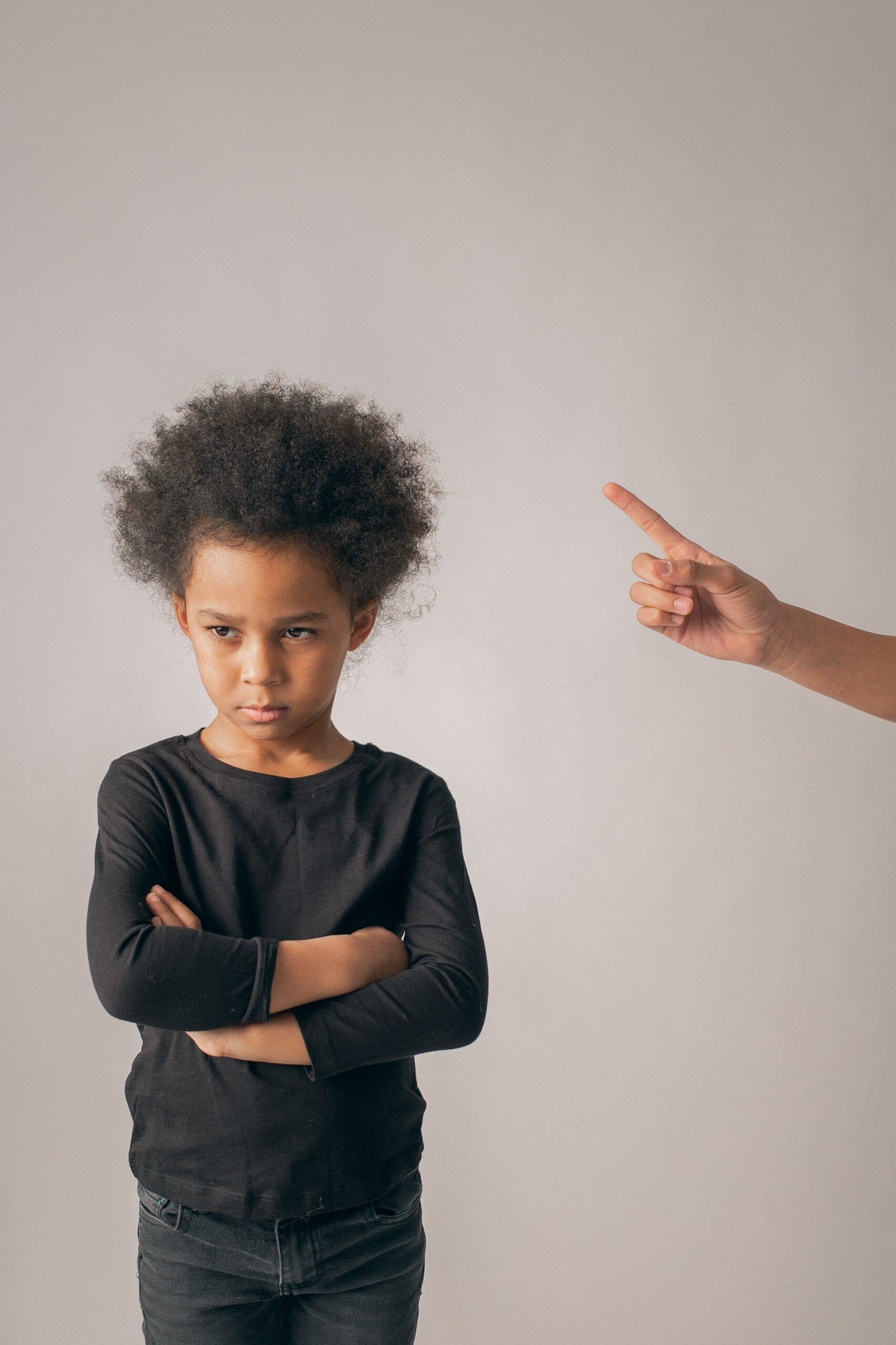Join Our WhatsApp Community
Connect with other women, share experiences, and get daily support and inspiration in our exclusive WhatsApp community.
Join the TribeConnect with other women, share experiences, and get daily support and inspiration in our exclusive WhatsApp community.
Join the Tribe
One reason for tantrums is that toddlers want to express themselves, but find it difficult. They feel frustrated, and the frustration comes out as a tantrum.
Once a child can talk more, they’re less likely to have tantrums.
Swipe to see tips of how to deal with tantrums
FIND OUT WHY THE TANTRUM IS HAPPENING
Frustration
Wanting something (toy)
Wanting attention
Tiredness
Hunger
Avoiding doing something
SIGNS OF A TANTRUM
During a temper tantrum, your kid may:
Whine, cry and shout.
Kick, hit and pinch.
Flail arms and legs.
Hold their breath.
Tense their body or go limp.
WHAT TO DO MID TANTRUM
Firstly STAY CALM
Try and regulate your own emotions first before addressing your toddler.
Hold a a space for your child
“Holding space” means being physically, mentally, and emotionally present. It means putting your focus on your child to support them as they feel their feelings.
Keep your child safe
Remove any dangerous objects near them. Consider holding your child, so they don’t hurt themselves. If your child is completely out of control, bring them to a safe space until they calm down.
Remember to be Gentle but firm
” I understand that you are upset but i cannot let you bang your head against the wall”
Find a distraction only If you sense a tantrum starting, but it hasn’t become a full-blown outburst However during the tantrum it is important to allow your toddler the space to feel what they are feeling. Distraction during a tantrum erases the possibility of a teachable moment.
TRY NOT TO
Give in or change your mind: If you do that, children learn that tantrums help them get what they want.
Hit, bite or kick back: You may think this teaches them that these actions hurt. But the opposite often happens — your child may learn that this is acceptable behavior because a parent is doing it. Instead, make it clear that they’re doing something hurtful, which is not allowed.
WHAT NOT TO DO MID TANTRUM
Use logic or reasoning
Teach a lesson
Yell punish or ignore child
Have a tantrum of your own
Negotiate
WHAT TO DO AFTER A TANTRUM
Once the tantrum is over, you can engage your child in conversation about what happened.
Acknowledge their feelings: Let your child know you understand their frustrations. Offer to help. Often, children are seeking attention, so acknowledging them can help ease their emotions.
Teach your child to label emotions: Children often don’t have the vocabulary they need. They can’t describe their frustration, jealousy, anger or disappointment. Tantrums are how they express their feelings. Give them the words they need to express themselves: “I see you’re angry now.”
Teach your child how to handle strong emotions: Help them figure out how to deal with a problem without getting upset. They’ll learn they can solve some of their problems themselves. They’ll become more independent and less prone to tantrums.
For example – breathing exercises, counting etc.
Set a good example: Children look up to their parents, watching their behavior. Model healthy strategies when you’re upset or frustrated. Your child will begin to copy your behavior.

Khadija is the founder, The Postpartum Checkpoint & Tiny Chef
@the_postpartum_checkpoint on Instagram